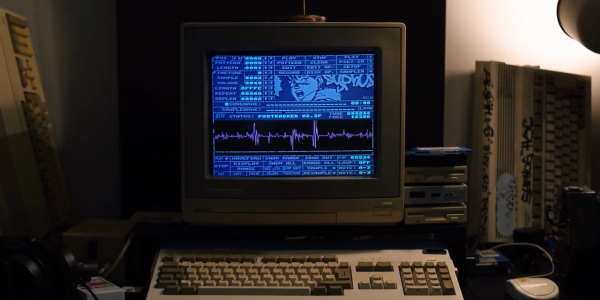Now that Commodore has arisen from the depths of obscurity like Cthulhu awoken from R’lyeh, the question on every shoggoth’s squamose lips is this: “Will there be a new Commodore Amiga?” The New Commodore is reportedly interested, but as [The Retro Shack] reports in the video embedded below, it might be some time before the stars align.
He follows the tortured history of the Amiga brand from its origins with Hi-Toro, the Commodore acquisition and subsequent Atari lawsuit, and the post-Commodore afterlife of the Amiga trademark. Yes, Amiga had a life after Commodore, and that’s the tl;dr here: Commodore might be back, but it does not own the Amiga IP.
If you’re wondering who does, you’re not the only one. Cloanto now claims the name and most of Amiga’s IP, though it remains at loggerheads with Hyperion, the distributors of AmigaOS 4. If you haven’t heard of them, Cloanto is not an elder god, but in fact the group behind Amiga Forever. They have been great stewards of the Amiga heritage over the decades. Any “new” Amiga is going to need the people at Cloanto on board, one way or another. That doesn’t mean it’s impossible– the new Commodore might be able to seduce Cloanto into a merger, or even just a licensing agreement to use the name on reproduction or new hardware.
While a replica C=64 was a no-brainer for the revived Commodore brand, it’s not quite so clear what they should do with the Amiga name. An FPGA reproduction of the popular A500 or A1200? Would anyone want newly-made 68000-based machines, or to follow Hyperion and MorphOS to now-outdated generations of PowerPC? All of these have been proposed and argued over for years.
We’d love to see something fully new that captures the spirit of the bouncing ball, but it’s hard to imagine bottling magic like that in the twenty-first century. For now, Amiga lies dreaming– but that is not dead which can eternally lie, and we hold out hope this Great Old One can return when the stars are right.
Continue reading “Now That Commodore Is Back, Could Amiga Be Next?”





















